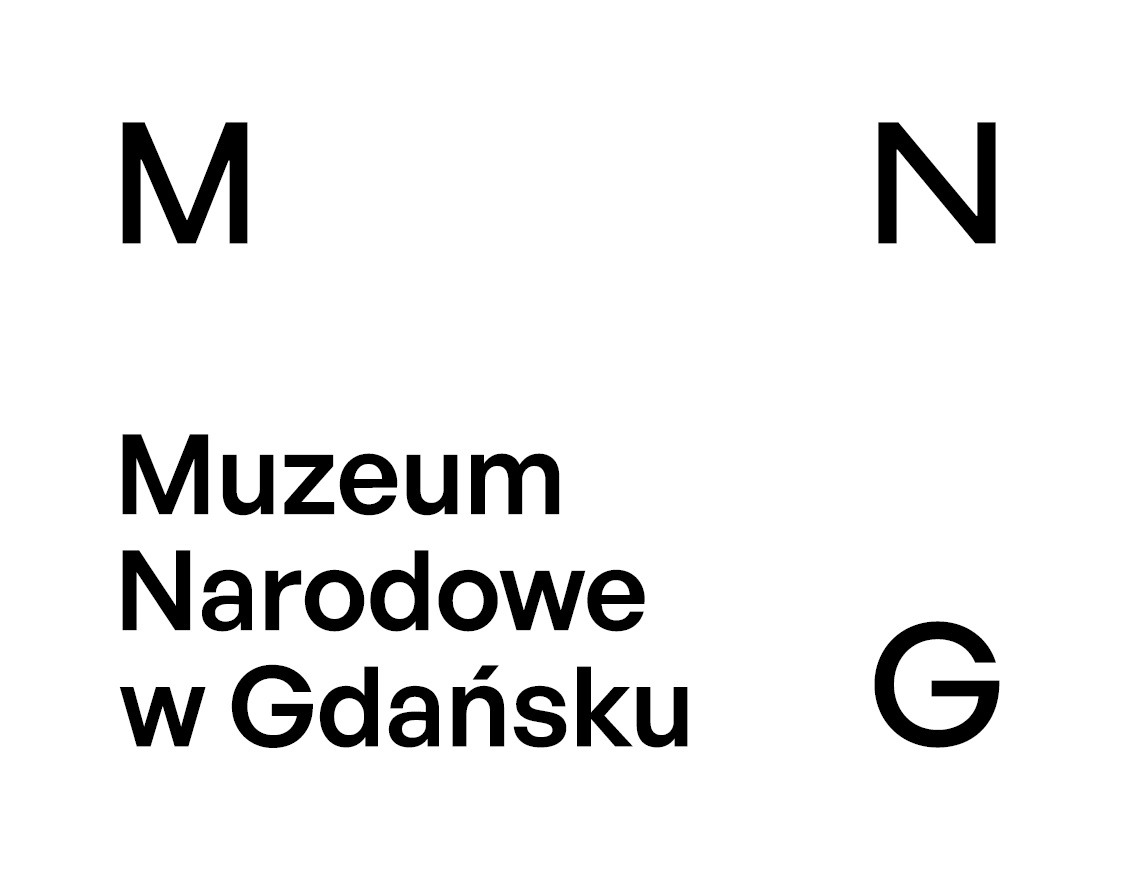Nicolae Grigorescu (1838-1907) is considered to be the national painter of Romania. Through studying art in Paris and adhering to the Barbizon art movement, he became the artist who, to the highest degree, brought the modernity in the Romanian painting.
Returning definitively to Romania after 1890, Nicolae Grigorescu brought with him an artistic universe populated with the themes practiced in France where, starting from 1861, he spent intermittently almost 30 years.
The atmosphere among Barbizon artists sparked Grigorescu’s interest in the landscape and in the life of simple people, which also constituted the foundation for two artistic currents of French origin in the second half of the 19th century: Impressionism and Realism.
In the spirit of the Barbizon painters, the landscape was to be approached „on the ground”, in nature and not in the workshop – as the Academic painters did, giving it a rigid, artificial grandeur. Impressionists added the subjective vision of the motif, this subjectivity then becoming essential in the constitution of originality, a defining element of artistic value. The Realist current privileged paintings of social character, bringing to the fore themes of a daily life in which the peasantry or the proletariat occupied the first place.
Grigorescu used to paint outdoors, in France, then in Romania, on small, easily transportable canvases, capturing the dynamics of nature and the flashing character of light.
Although it was animated by a modernizing effort, Grigorescu’s homeland, called the Kingdom of Romania since 1881, was still a predominantly rural country, agricultural activities being the main occupation of over 90% of the active population.
Like other European nations in the second half of the 19th century, Romania was going through the stage of national consolidation: people of culture were involved in identifying national specificity, to which the expressions of the rural world were predominantly associated, whether by the folklore creation and traditions, by the image of the peasant costumes or by their spirituality.
Thus, the painting that Grigorescu practiced reflects this trend. His contemporaries enthusiastically adhered to what seemed not only an image of the Romanian village and of the national spirit but also a projection of aspirations to what these should be.
The evaluation of his artistic „heritage” selected this time the works associated with the expression of a national ethos that both contemporaries and the following generations noticed and appreciated.
Although he was sometimes criticised for painting only the beautiful part of life in the countryside while lacking all reference to social problems, Grigorescu’s choice is motivated by the identification of themes in which his compatriots found the essence of the national spirit, expressed in the rendering the generous nature, the beauty of the peasant costumes and the countryside scenes resonating with the collective consciousness of the Romanian people.
His designation as a national painter is not only related to these themes that won him a place as an artist in the history of Romanian and universal art, but also to the recognition of the talent and craftsmanship that reached a peak through him.
PRACTICAL INFORMATION:
- When: October 19, 2024 (Saturday)
- Time: 1:00 PM – 2:00 PM
- Location: Department of Modern Art, National Museum in Gdańsk (Abbot’s Palace in Oliwa, Cystersów Street 18)
- Guide: Sara Rokicka
- Cost: Exhibition admission ticket
- No registration required
Co-financed by the Ministry of Culture and National Heritage of the Republic of Poland under the project: „Nicolae Grigorescu” temporary exhibition


 Skip to content
Skip to content